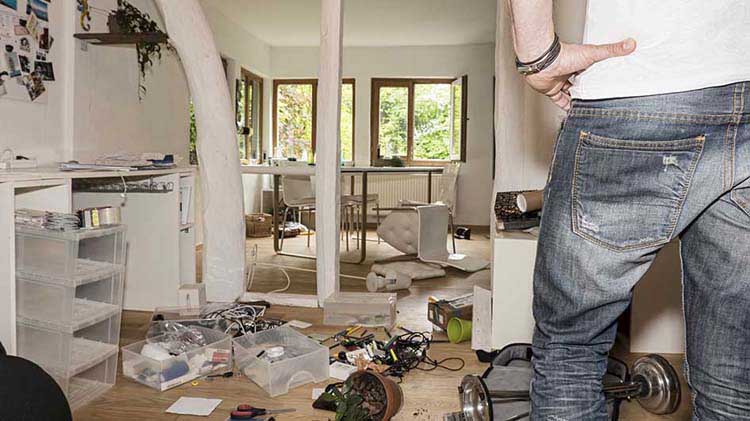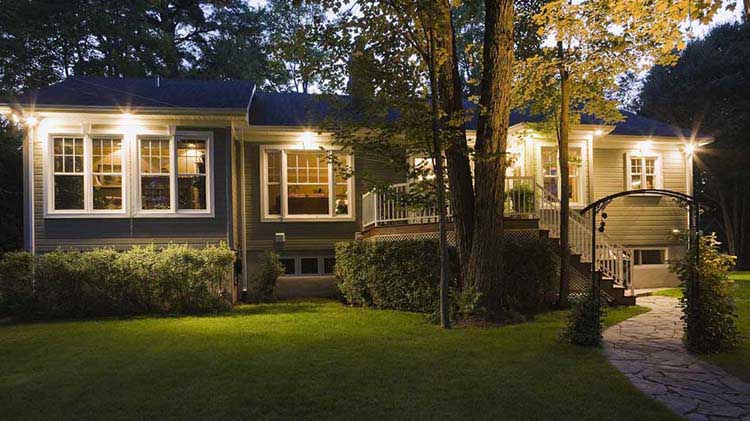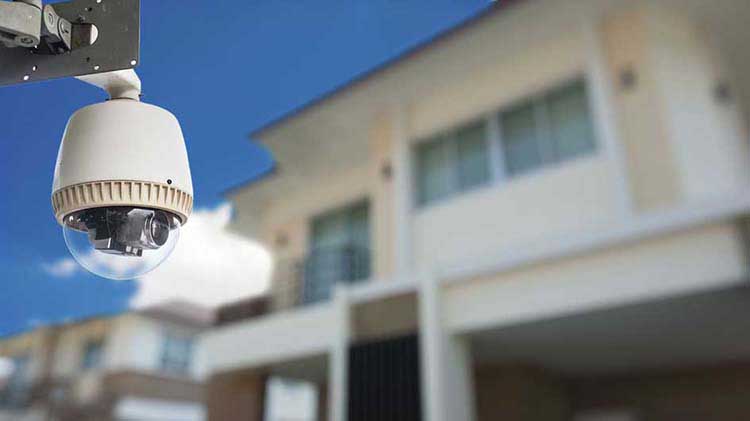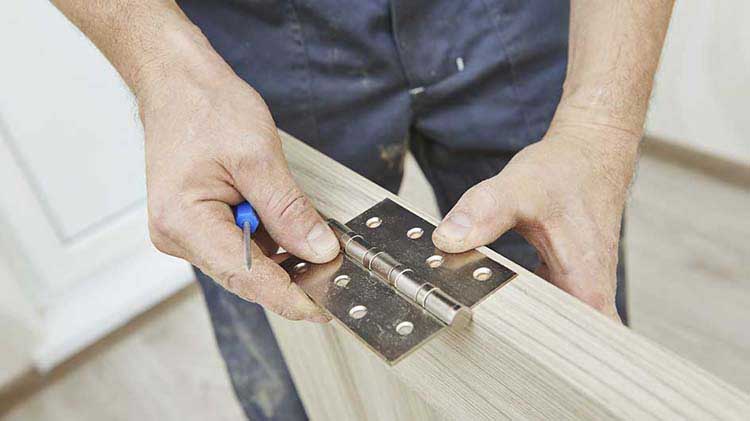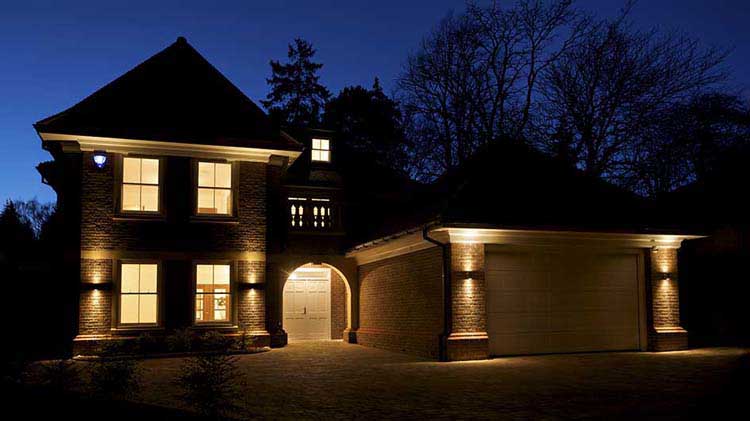Tips to help prevent burglary
Consider these home burglary prevention ideas to help protect your home.
A home burglary can happen anywhere – the city, the suburbs and in rural areas. According to the most current data from the Federal Bureau of Investigation, residential properties accounted for almost 63% of all reported burglaries in 2019. Don't let your home become another statistic.
Even if you're not home when it happens, a burglary can shatter your feeling of security. Fortunately, taking some simple precautions may help reduce the risk of a burglar gaining access to your home.
What do burglars look for?
It is beneficial to know what items burglars tend to target so that you can plan your home security measures accordingly. Thieves are typically looking for small items with monetary value they can grab quickly and resell easily.
- Drawers and closets in the master bedroom are often where thieves look first. Try to secure valuables, jewelry, collectibles and cash elsewhere.
- Your office or desk may be filled with important papers, statements and checkbooks — which could lead to identity theft. Encrypt vulnerable information that's stored on your home computer, and think about keeping important documents in a home safe. Keep your safe well hidden and bolted to the floor, if possible, so it cannot be easily removed.
- Thieves will also target the family room, looking for gaming systems and small electronics. Consider covering your windows with shades that filter light but block an intruder's view of your components.
At night, turn on your lights, open your curtains and walk around the exterior of your home. You'll see what's visible to a burglar from your yard or sidewalk. Then have someone turn off the lights in your home. You may be surprised how much you can still see from street level. After this exercise, you might choose to move certain items or draw the blinds more frequently.
Get a homeowners insurance quote
Want to protect your home?
Burglar deterrent options
Help minimize the risk of burglary and keep your home more secure with these suggested measures.
- Windows and doors – Lock and secure all entry points. Believe it or not, it may be one of the simplest and most obvious precautions that homeowners tend to forget and which burglars tend to exploit. Maybe you've lived on the same street for decades and doubt it could ever happen to you. Maybe you're in a rush and skip the usual routine. Whatever the situation, try to remember to lock your doors and windows when you go out.
- Strong door locks - Install deadbolt locks on all exterior doors and doors from an attached garage. Select a deadbolt that has been given a Grade 1 from the American National Standards Institute (ANSI). The ANSI tests locks for security and durability, and gives them a Grade 1, 2 or 3 with Grade 1 being the best.
- Door strike plates - To help make existing locks more secure, install a heavy-duty strike plate using three-inch screws that penetrate the wall stud. Make sure the door strike is held in place by four or more screws. You can also strengthen the door frame by installing a door jamb reinforcement product.
- Security signage - Add a security sign to your yard or stickers to your door. It may not fool a burglar, but he may think twice about hitting your home.
- Alarm system- Consider setting up a home security system with cameras. You might even qualify for discounts on your homeowners insurance.
- Landscaping – Try to keep shrubs and bushes trimmed so burglars have fewer places to hide. Prune lower branches of trees near your house if they could help a burglar gain access to a second story window. If you're in the process of adding new landscaping, maybe opt to plant thorny bushes such as roses under and around windows. You might also consider using gravel on walkways or below windows, as the crunching noise of footsteps can help deter a burglar as they typically prefer a quiet entry.
- Exterior lighting - Install motion sensor lighting near entry points to catch intruders by surprise — but put it high enough that a burglar can't reach up and unscrew the bulb.
- Clean up - Put tools, ladders, bikes and other valuable items away when you're done using them. If your possessions are too visible, burglars may wonder what else you have inside.
- Furry home protector - Dogs can be good burglar deterrents, especially large breeds. Let your dog be seen — and heard. A thief who knows there's a dog in the house may decide to move on.
How to make it look like someone is home
Consider these tips to help your home look occupied when you're away or on an extended vacation.
- Put lights on timers with random settings to help prevent thieves from detecting a pattern.
- If you'll be away for a short time, consider leaving a radio or TV on, turned up loud enough that it might be heard outdoors. If a longer trip is in your plans, think about using an electronic device that simulates the lights and flicker of a TV.
- If you are away from home on garbage pickup day, ask a neighbor to put your garbage cans out to the street and take them back in.
- If you're away for a lengthy trip, have your lawn mowed or raked and have your driveway, porch and walks cleared of snow or leaves. Don't let daily deliveries pile up while you're away.
- You might also ask a trusted neighbor to watch your home, gather your mail and otherwise give the appearance of activity.
Additional ways to help protect your home from burglary
- Ask police if they'll do a safety check of your home. An officer can help point out where your home is vulnerable.
- Engrave your electronics with a non-official ID number to help police track goods if they're stolen.
- Take photos or a home movie of every room and its contents and store the film in a safe deposit box. Learn how to create a home inventory with tips from State Farm®.
- Don't post your travel plans on social media websites. Some burglars use social networking sites to find victims.
Read more about protecting your residence and consider talking to an agent about homeowners, renters or condo unitowners insurance from State Farm.
